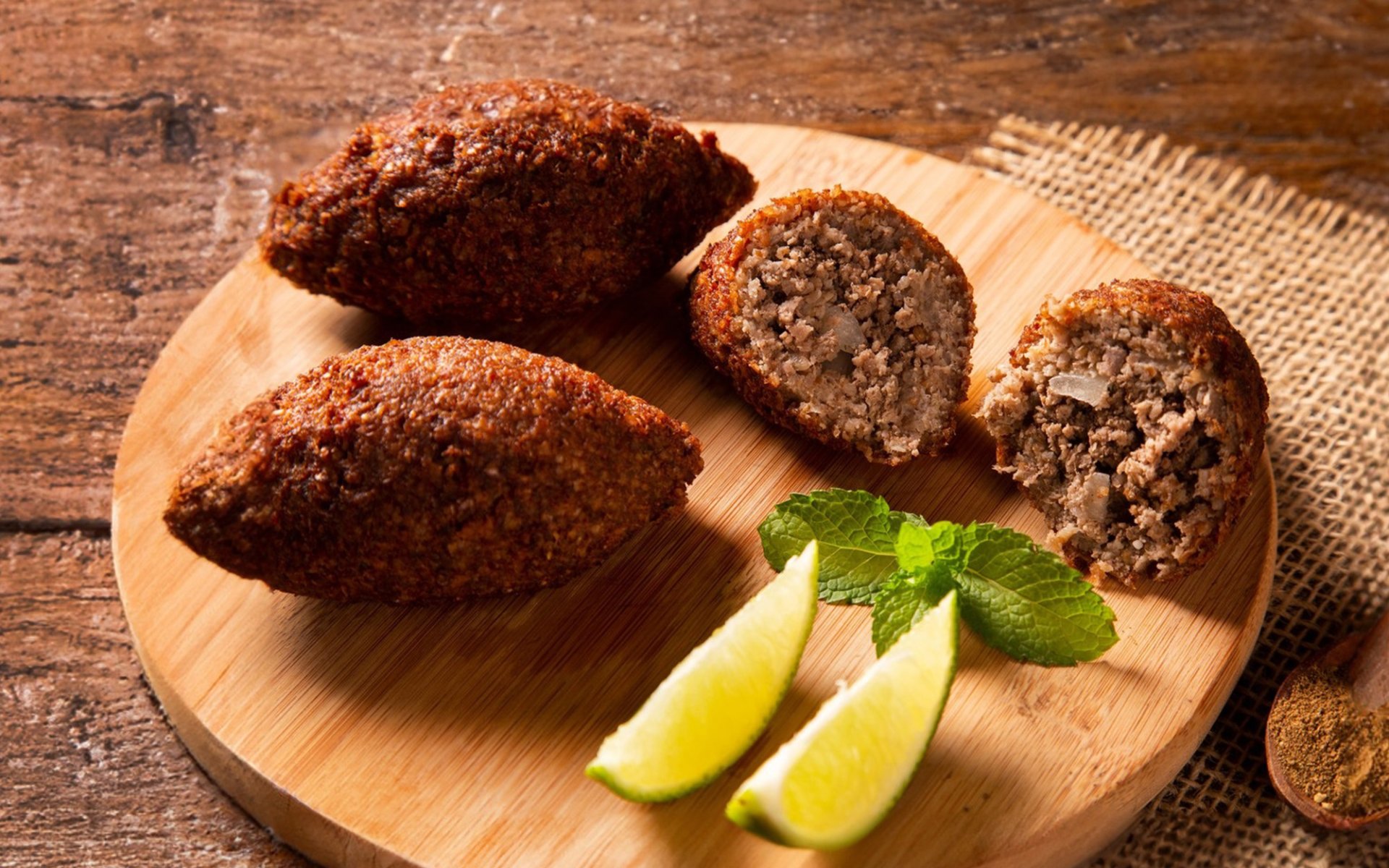Kibbeh

Lebanon is a country rich in diverse culinary traditions, as the Middle Eastern region was once home to flourishing ancient civilizations. Therefore, many Lebanese dishes, including Kibbeh, have been influenced by these historical cultures. Today, Rimping Supermarket invites you to delve into this national dish of Lebanon.
What is "Kibbeh"?
Kibbeh in the local Lebanese dialect means ball. It's made by combining bulgur (cracked wheat) with Arabic spices, forming it into a shape, and then stuffing it with beef or lamb. These are then fried until crispy on the outside and tender on the inside. Kibbeh is therefore a dish with rich flavors, diverse textures, and a global appeal.
Origin and Evolution of Kibbeh
The origin of Kibbeh dates back to ancient times, said to have been invented by nomadic tribes in the Middle East. Originally, Kibbeh was a simple dish made by pounding meat and wrapping it with bulgur. This method was reportedly used by nomadic tribes to preserve meat during their long journeys, showcasing their wisdom in food preservation.
Over time, Kibbeh evolved, with various forms and adaptations across different regions. Especially in Lebanon, Kibbeh became a staple dish commonly enjoyed during religious holidays and social gatherings, reflecting its importance in the culture of communal eating.
Additionally, Kibbeh comes in various forms, such as
- Kibbeh Nayyeh: This is the raw version of Kibbeh, made from finely ground meat, bulgur, and spices. It is often served with olive oil and mint leaves. This dish requires high-quality, fresh meat.
- Kibbeh Balls: This refers to the fried version of Kibbeh. It's made by forming ground meat (like lamb or beef) into balls, wrapping them with bulgur mixed with spices, and then deep-frying until golden and crispy on the outside and tender on the inside. This is one of the most popular forms.
Cultural Significance and Global Popularity
Throughout the years, Kibbeh has held significant cultural importance across the Middle East and Mediterranean regions. It is often associated with family gatherings and celebrations, and the process of making Kibbeh itself is a cherished activity that families enjoy doing together, passing down recipes and traditions from generation to generation.
Today, Kibbeh has stepped onto the international culinary stage and gained popularity in various parts of the world. Many restaurants globally feature Kibbeh on their menus, particularly in Middle Eastern and Mediterranean establishments, demonstrating the versatility and universal appeal of this dish.


